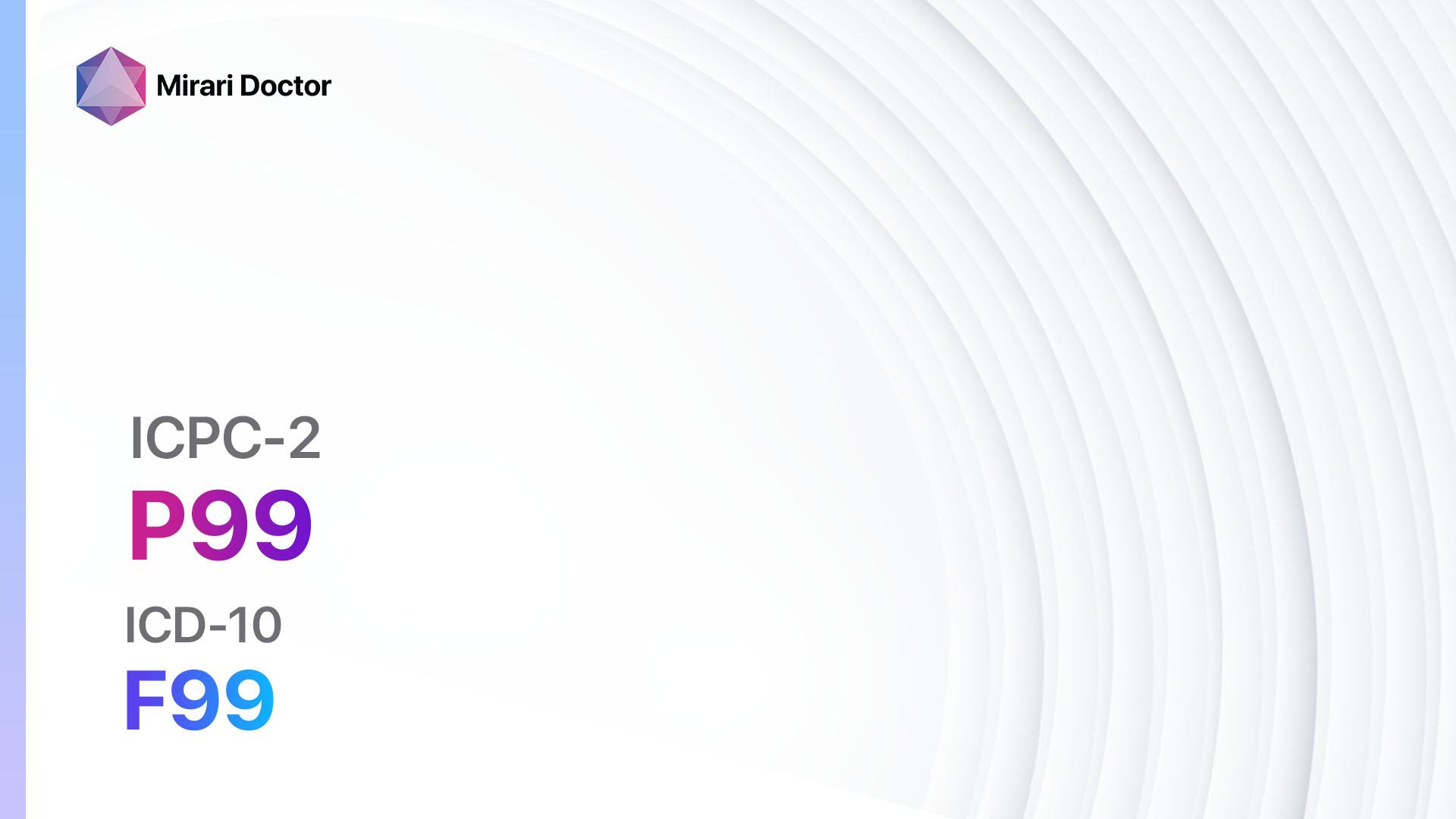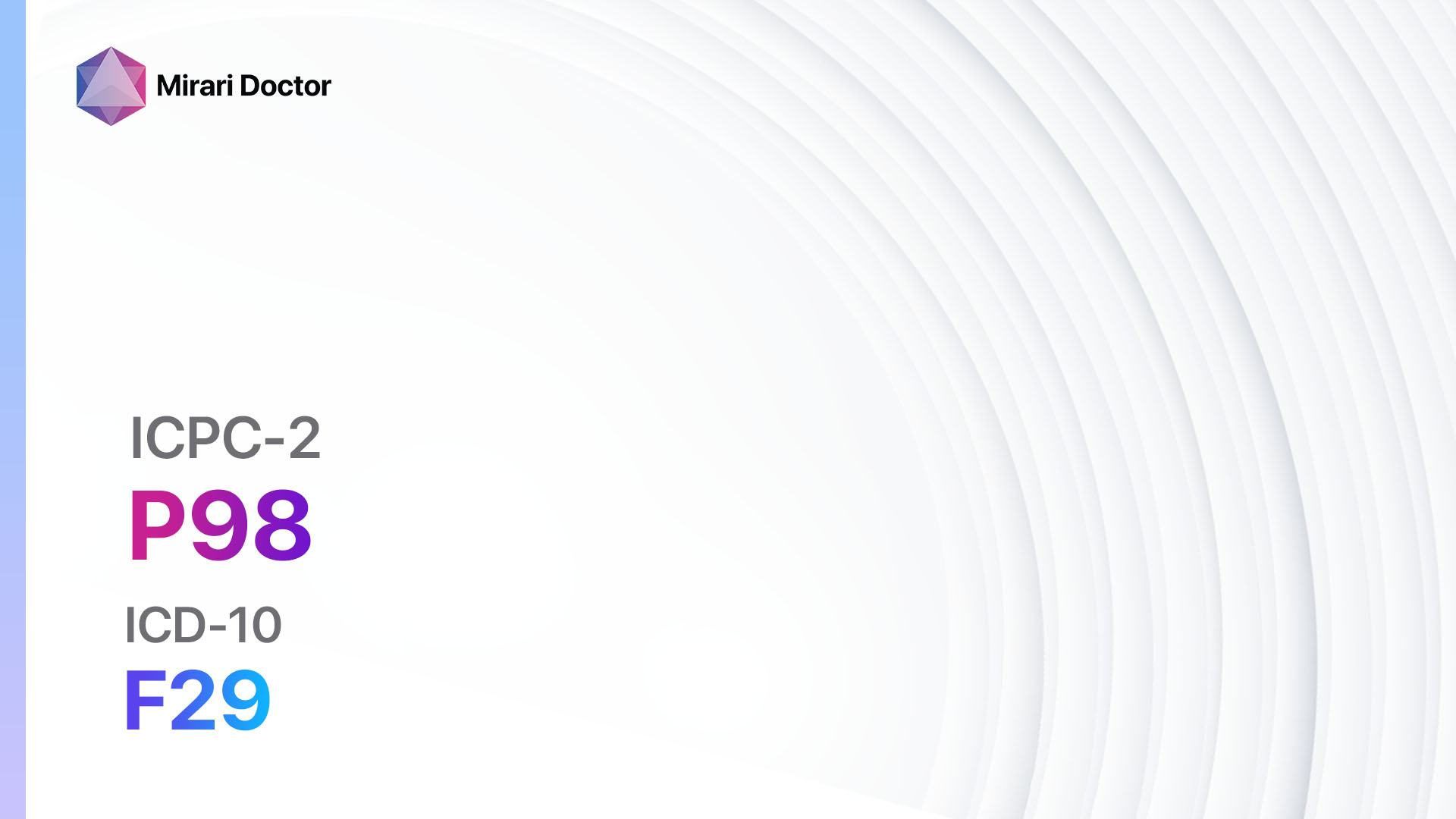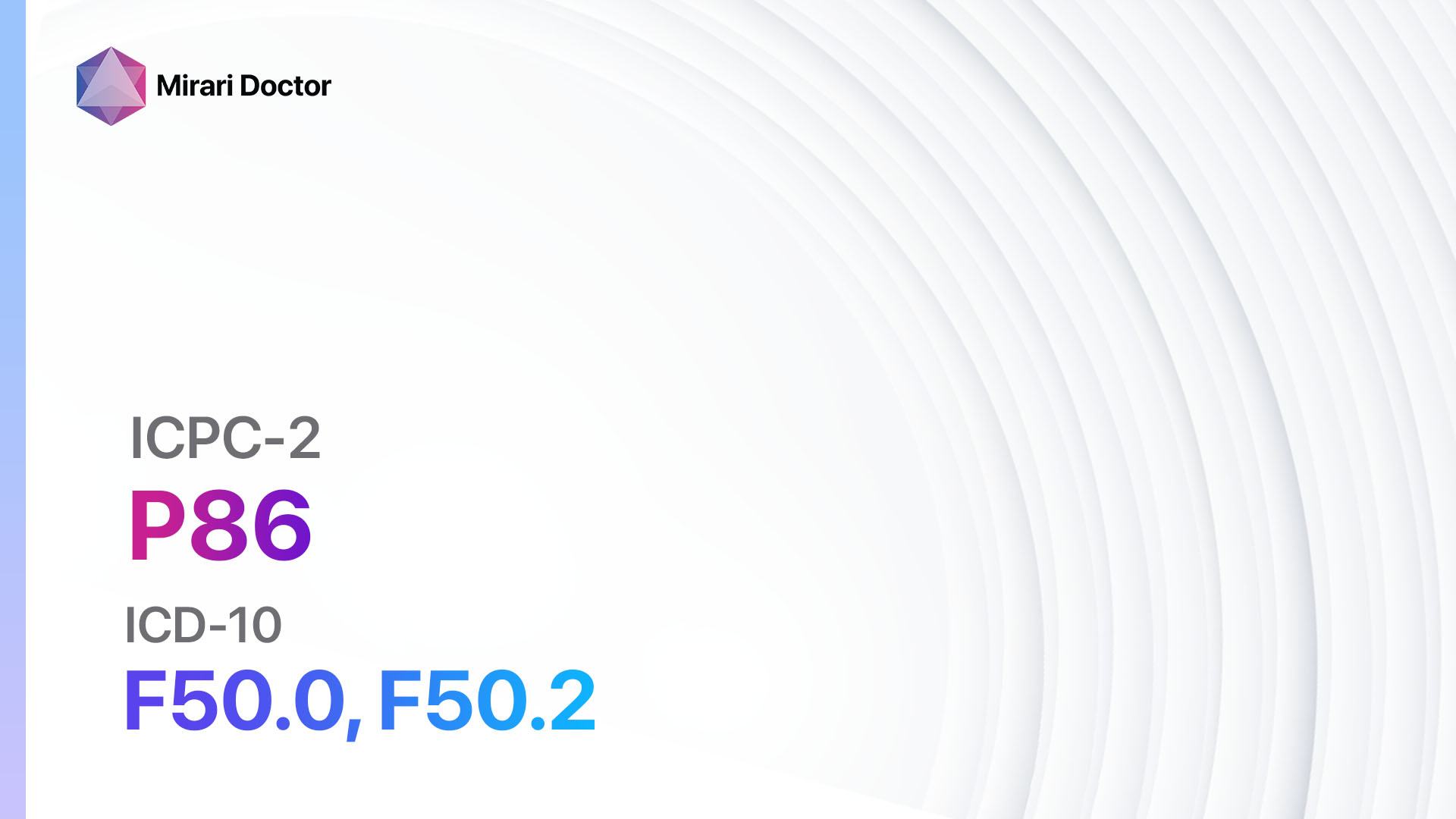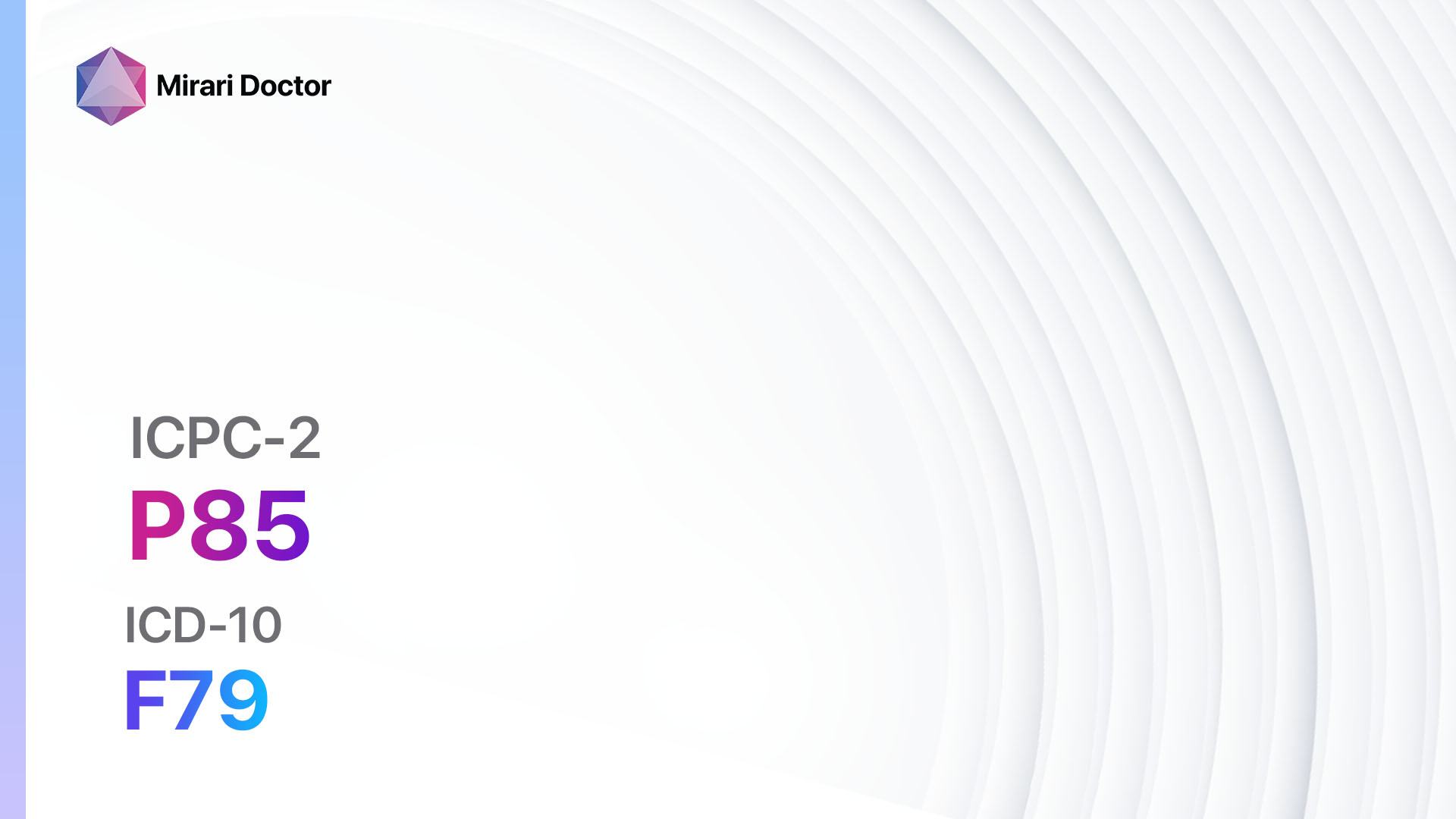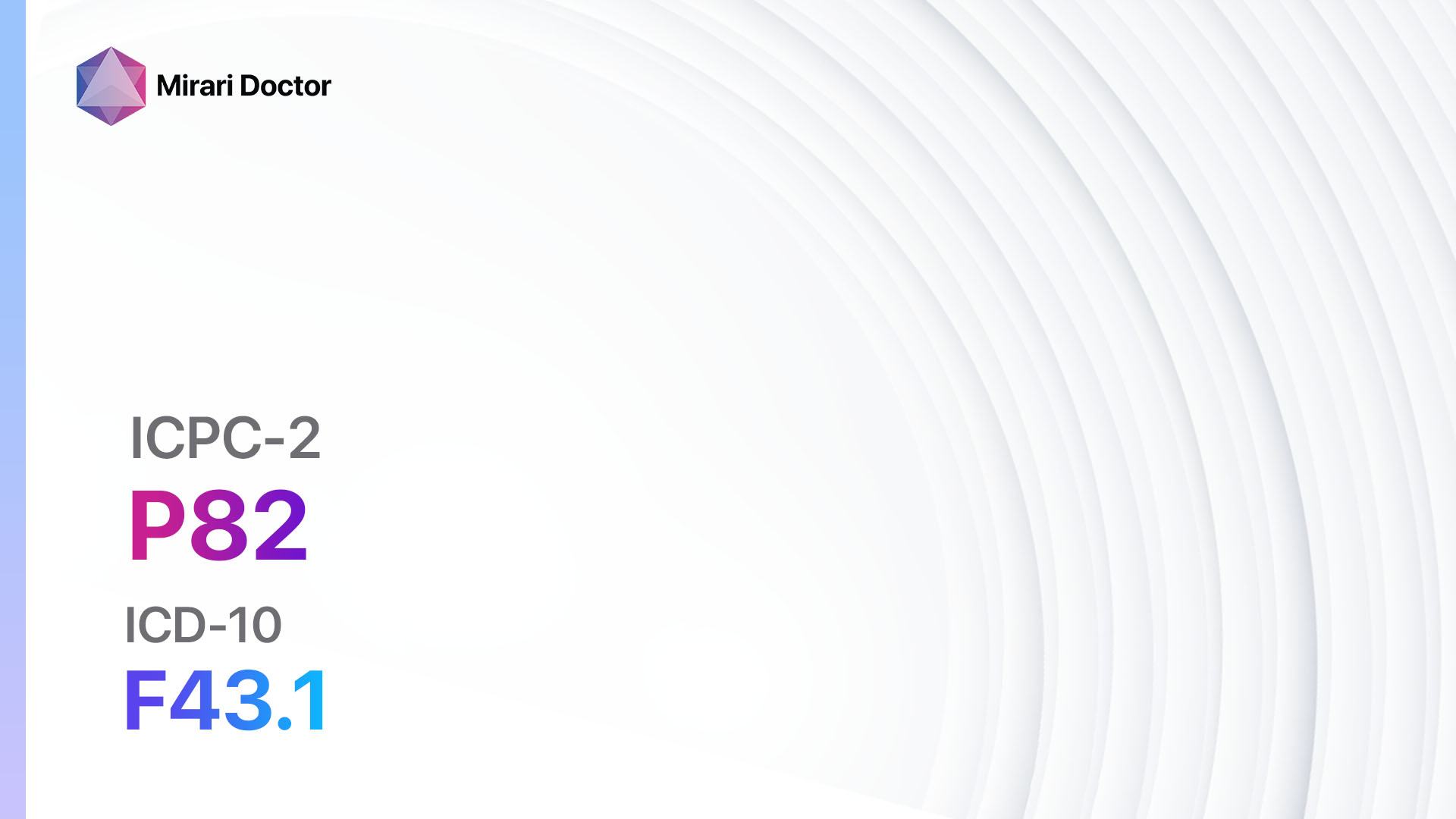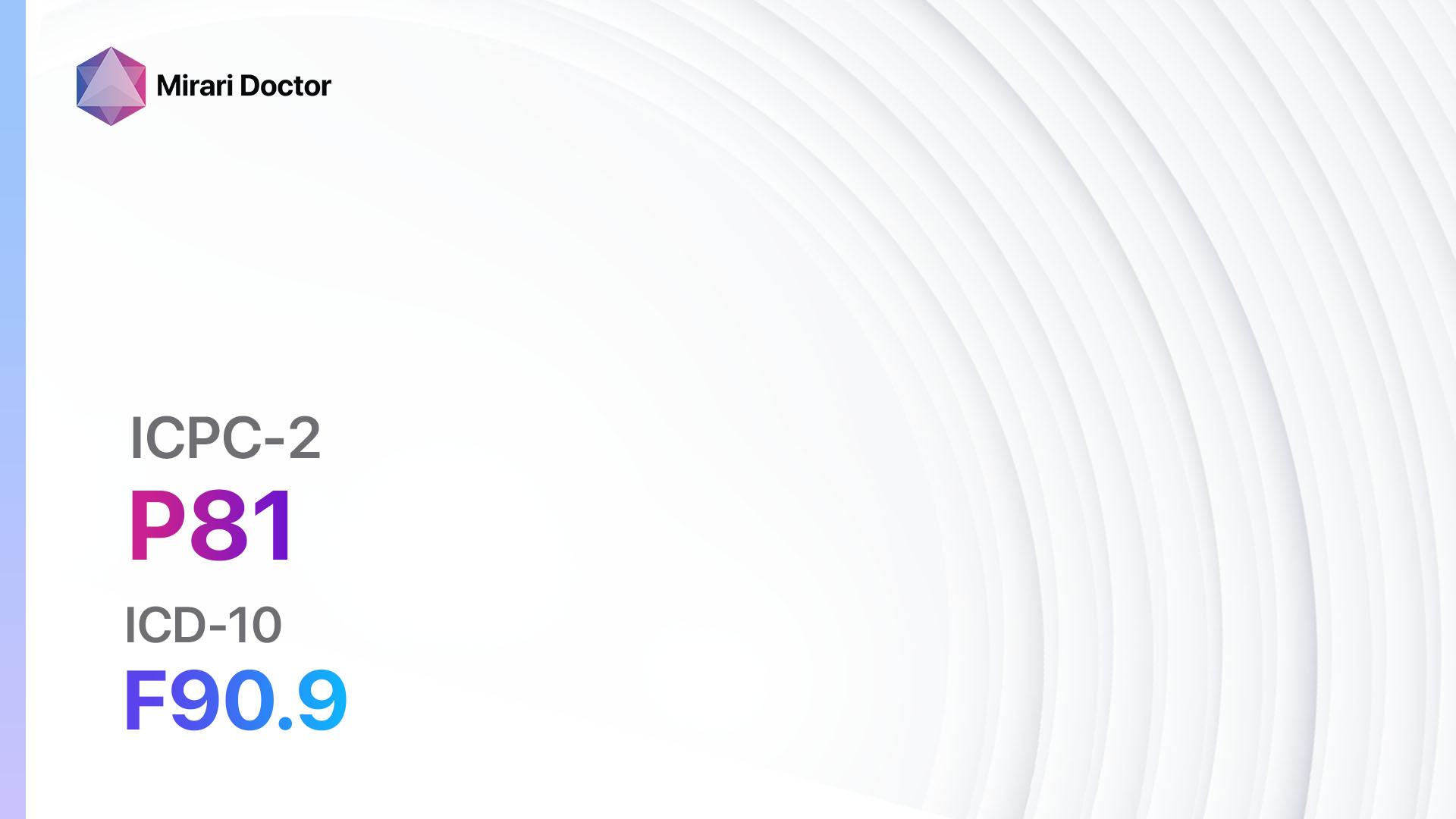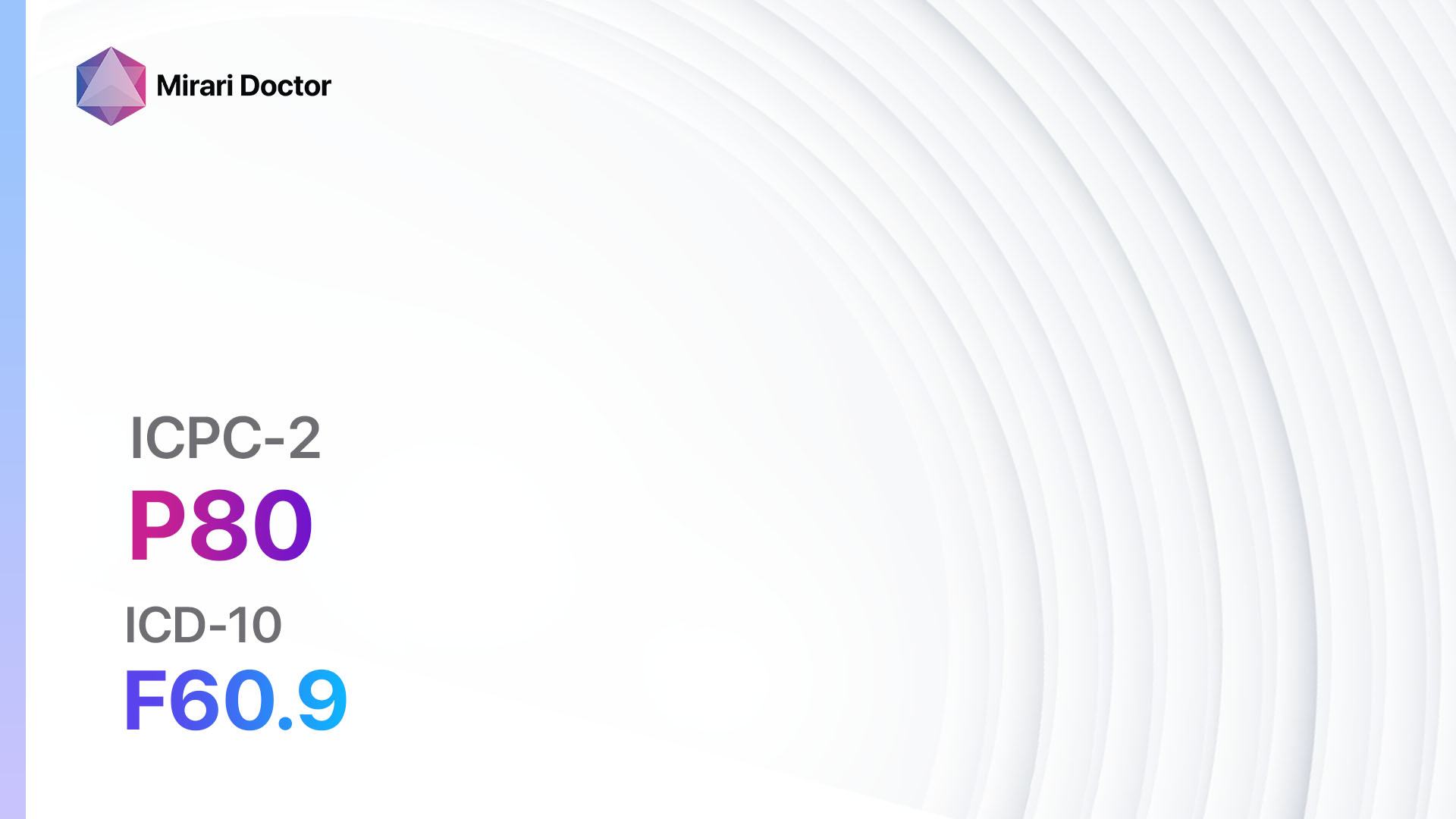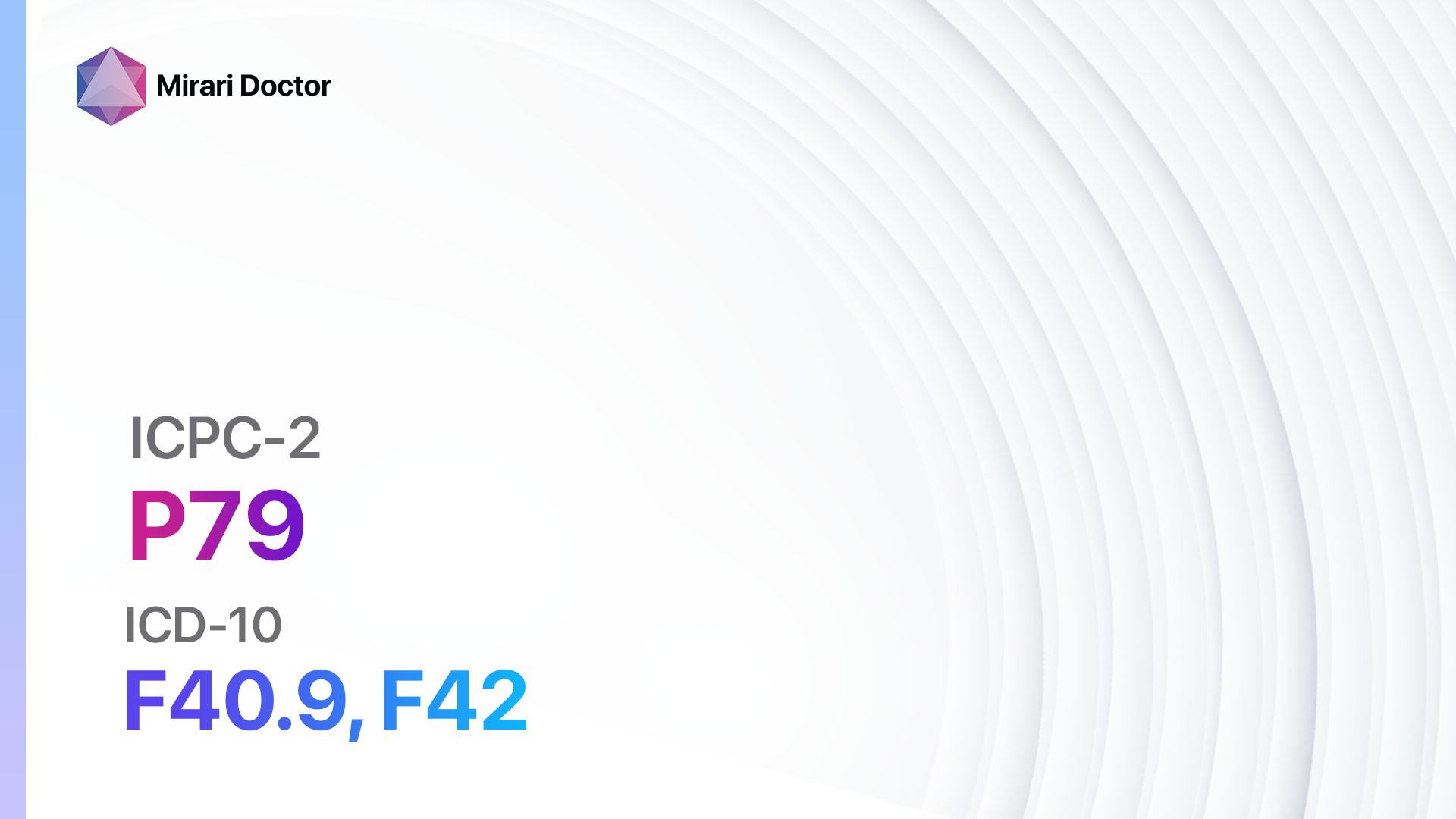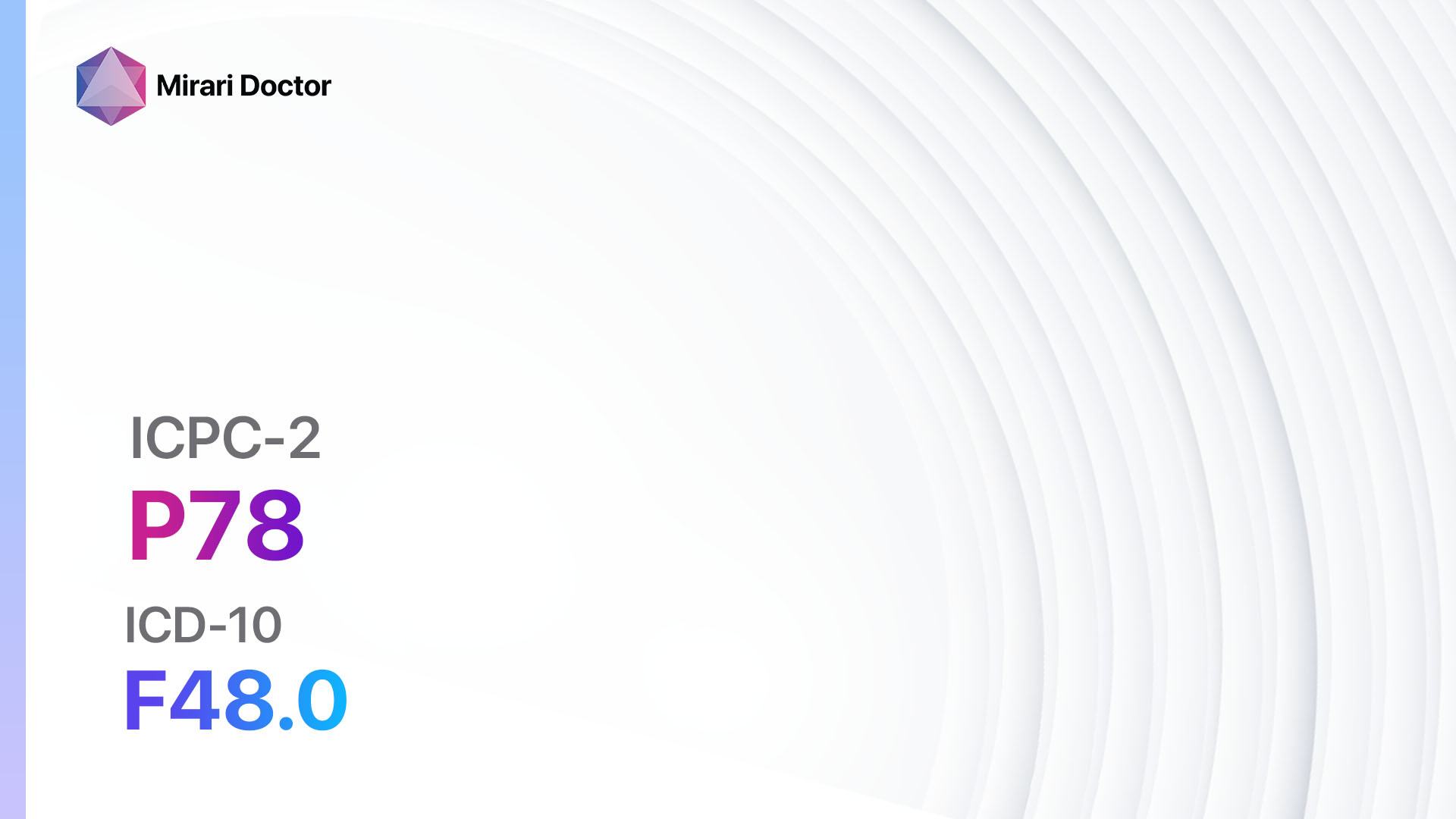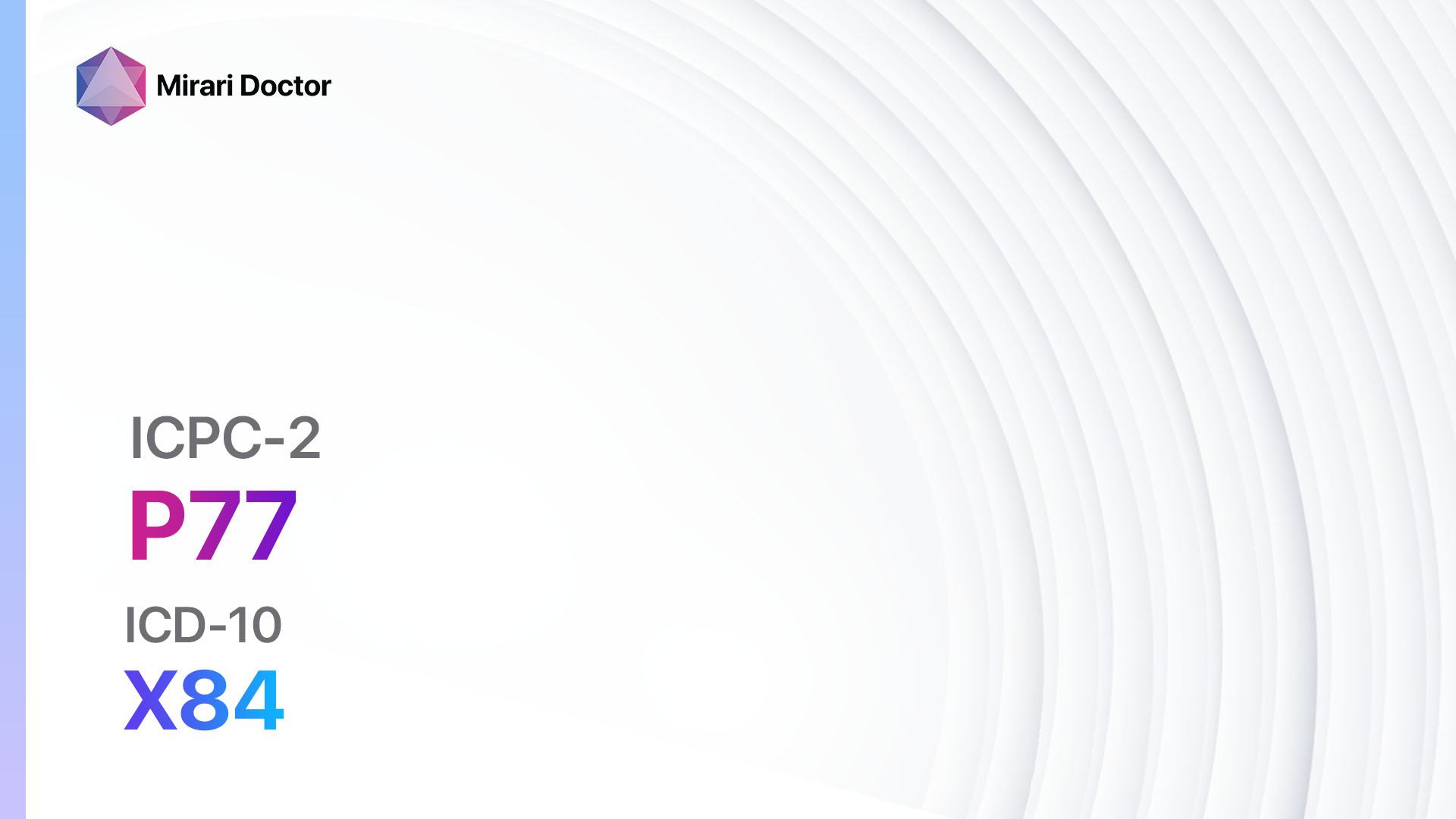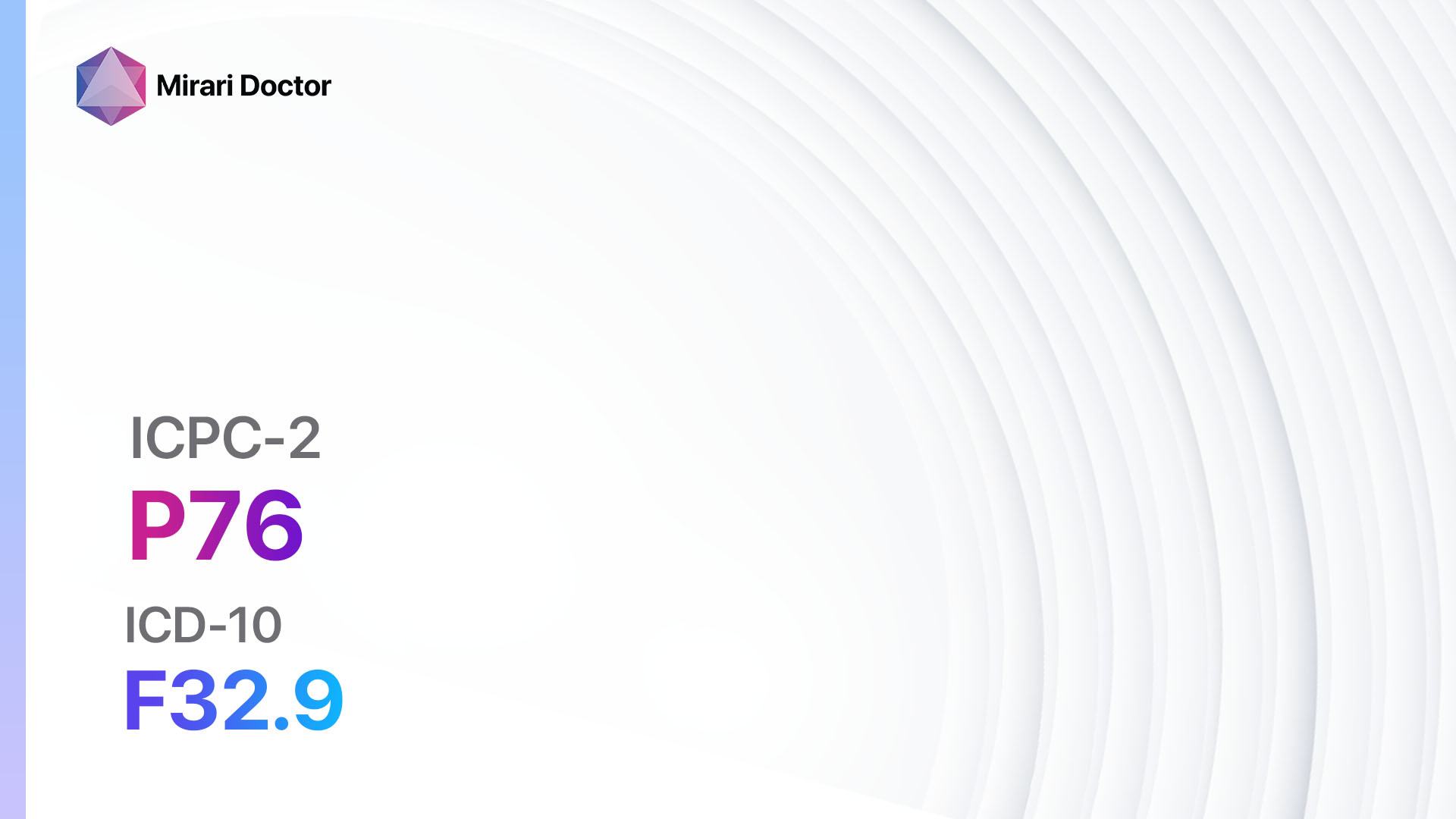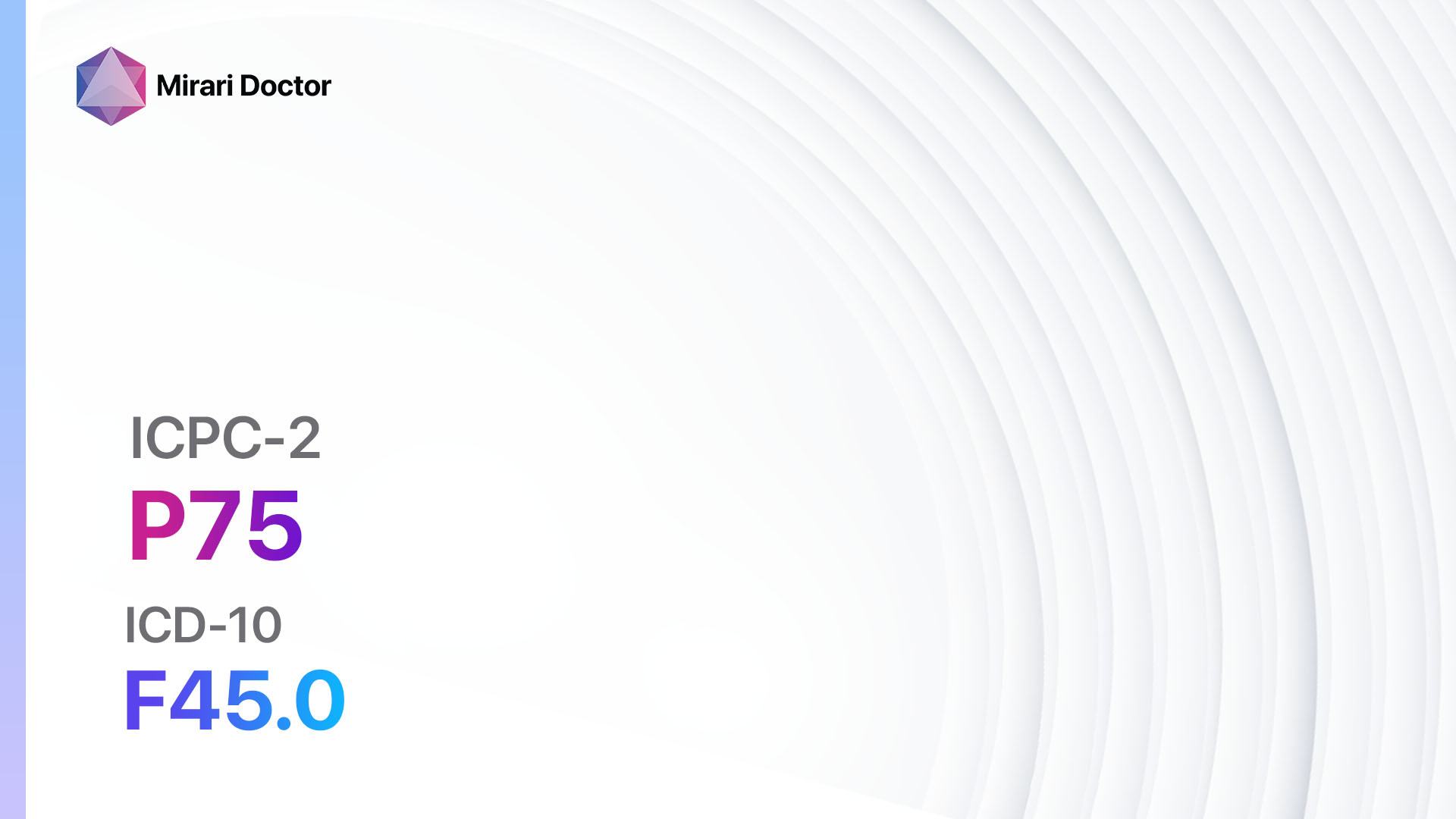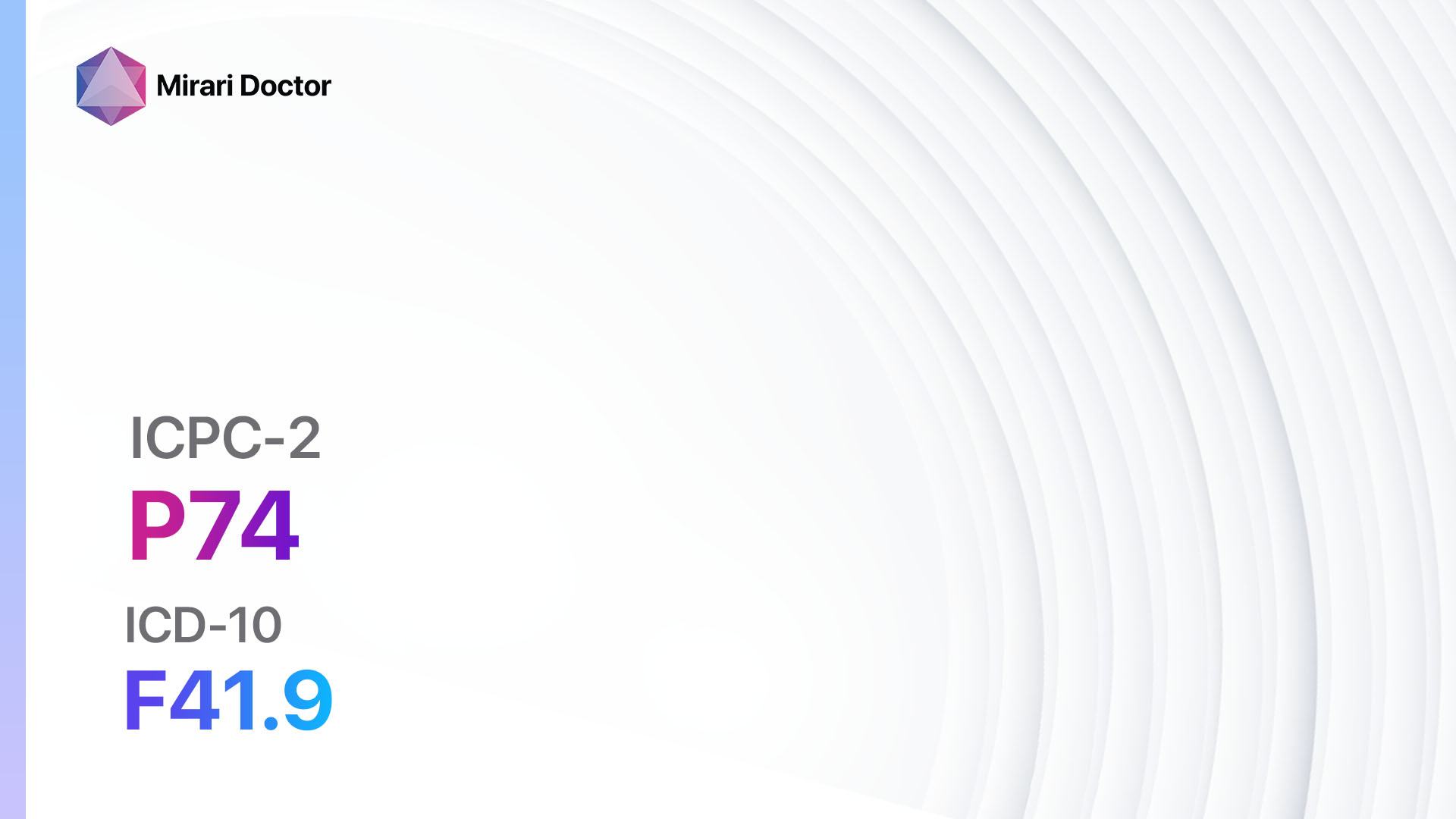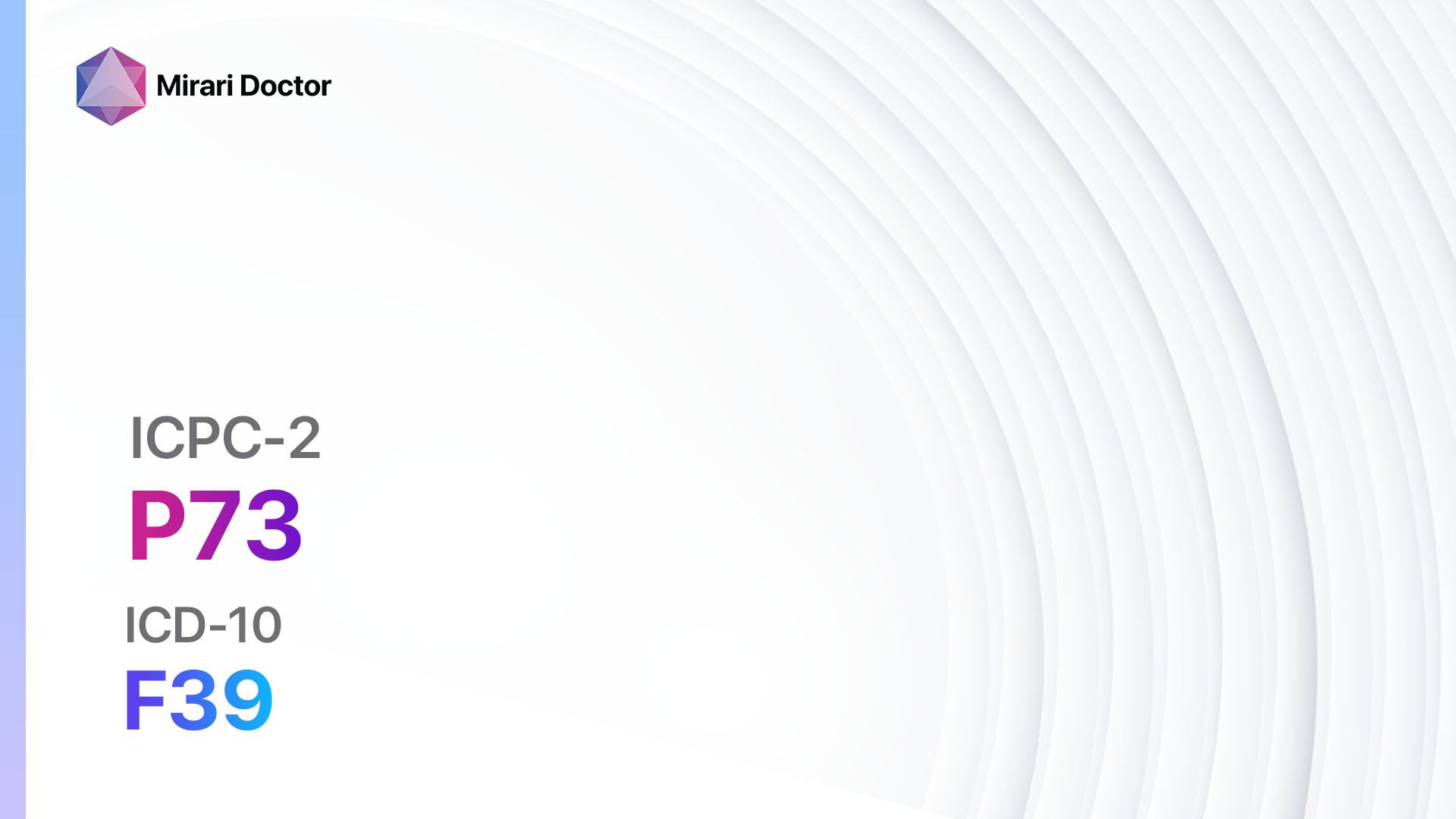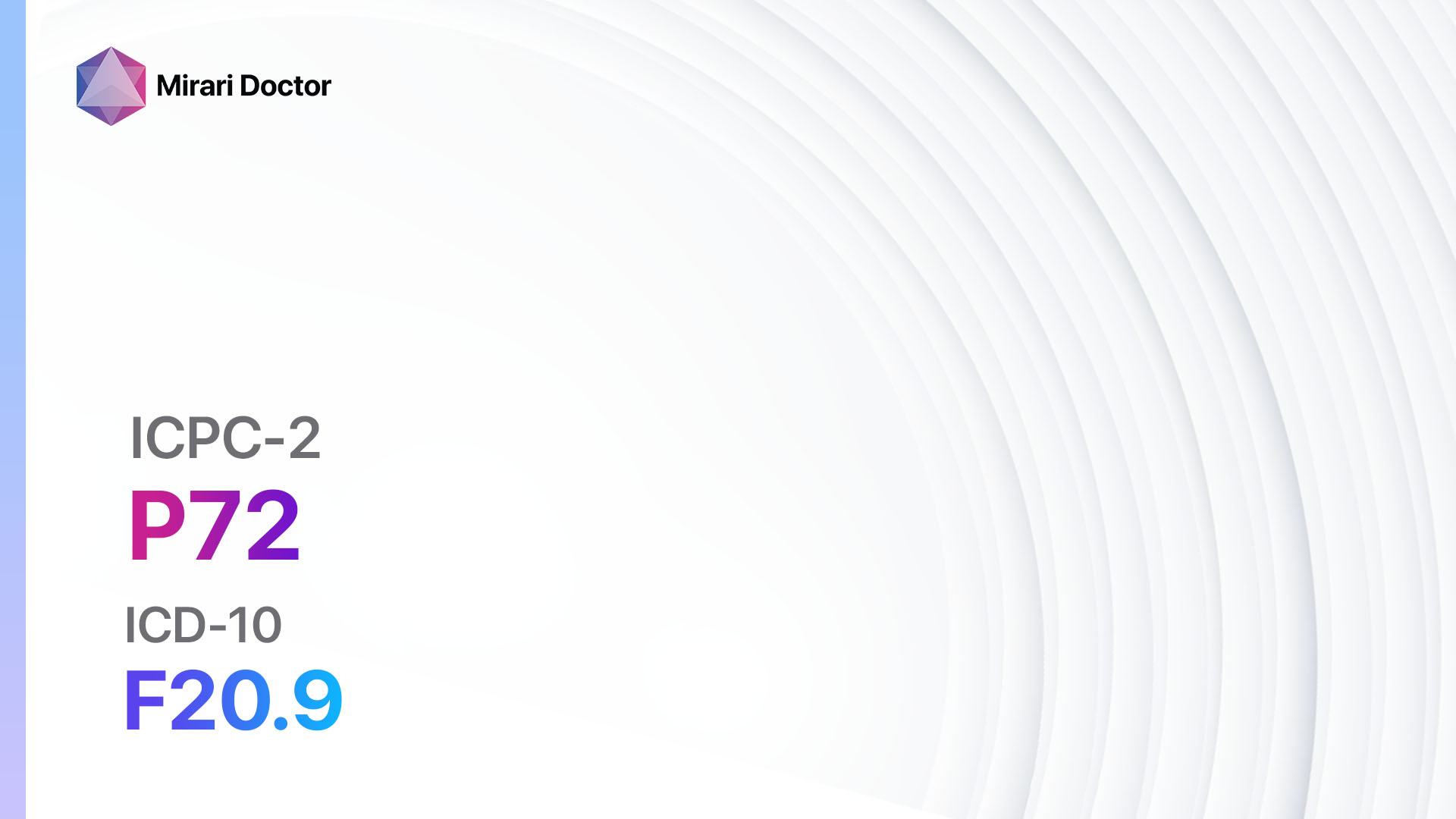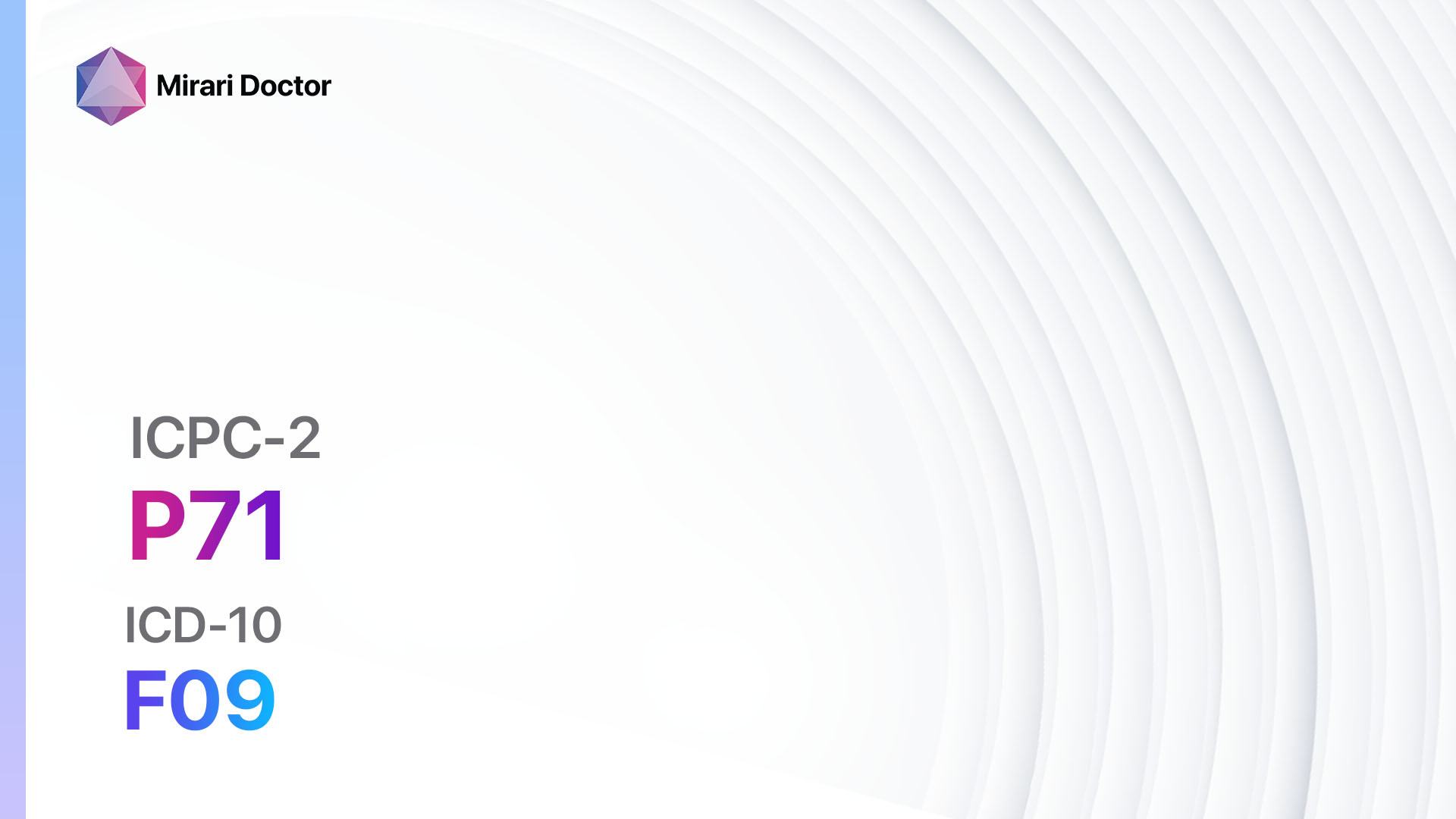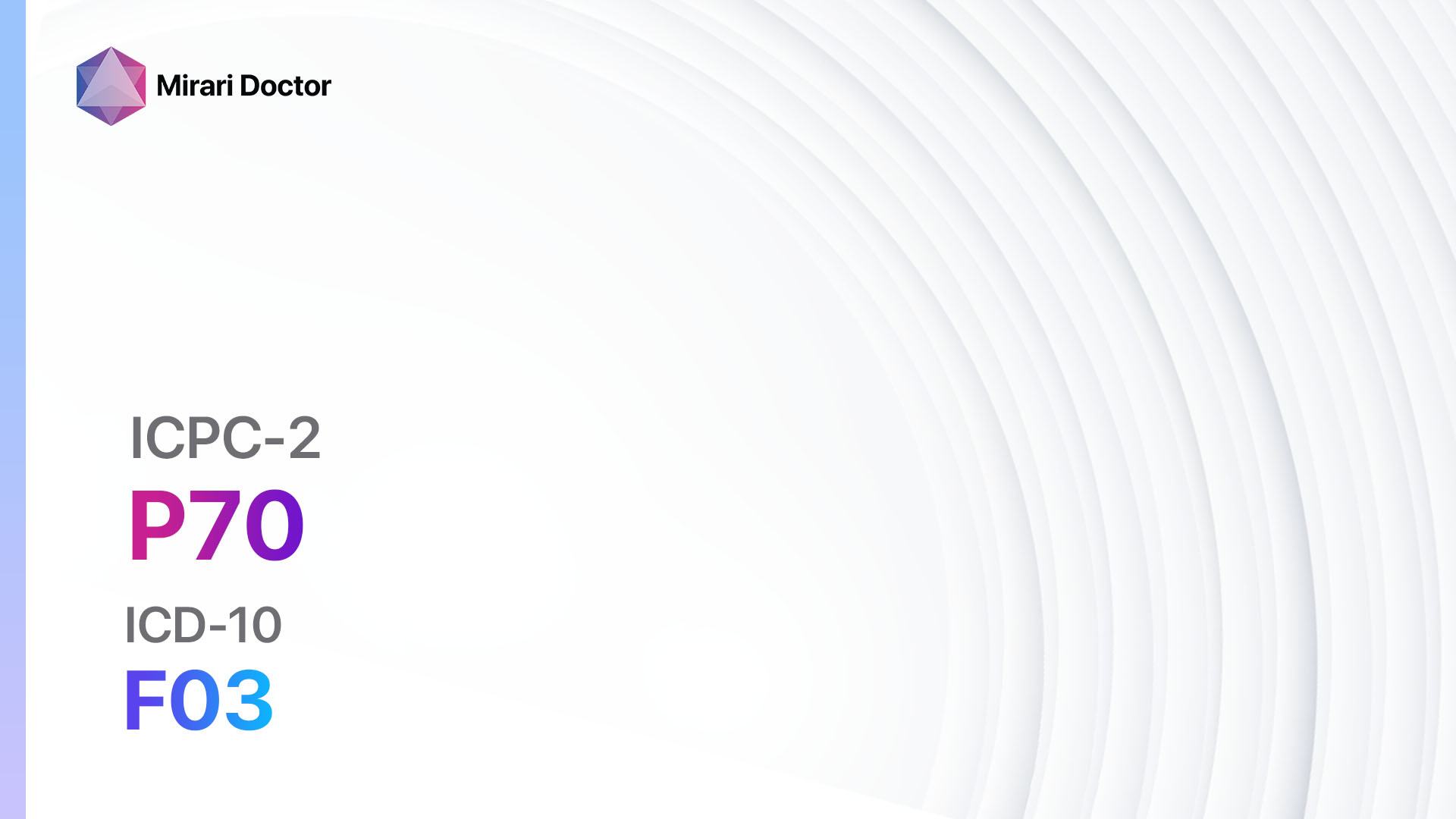
Introduction
Eating problems in children can have significant impacts on their growth, development, and overall well-being. It is important to address these issues promptly to ensure the child receives proper nutrition and support. This guide aims to provide a comprehensive approach to diagnosing and managing eating problems in children.[1]
Codes
- ICPC-2 Code: P11 Eating problem in child
- ICD-10 Code: F98.2 Feeding disorder of infancy and childhood
Symptoms
- Refusal to eat certain foods or food groups
- Picky eating habits
- Difficulty swallowing or chewing
- Frequent gagging or choking during meals
- Excessive spitting up or vomiting after meals
- Weight loss or failure to gain weight
- Lack of appetite or interest in food
- Avoidance of mealtimes or food-related activities[2]
Causes
- Sensory processing difficulties, such as sensitivity to certain textures or tastes
- Oral motor skill deficits, affecting the ability to chew or swallow properly
- Gastrointestinal issues, such as acid reflux or food allergies
- Emotional or behavioral factors, including anxiety or control issues
- Developmental disorders, such as autism spectrum disorder or attention deficit hyperactivity disorder (ADHD)[3]
Diagnostic Steps
Medical History
- Gather information about the child’s eating habits, preferences, and behaviors
- Identify any underlying medical conditions or allergies
- Assess the child’s growth and weight history
- Inquire about any emotional or behavioral factors that may be influencing eating patterns[4]
Physical Examination
- Evaluate the child’s oral motor skills, including tongue movement and swallowing ability
- Check for signs of nutritional deficiencies, such as pale skin or brittle nails
- Assess the child’s overall growth and development[5]
Laboratory Tests
- Blood tests to check for nutritional deficiencies or underlying medical conditions
- Allergy testing to identify any food allergies or sensitivities
- Stool tests to assess for gastrointestinal issues or malabsorption[6]
Diagnostic Imaging
- Imaging studies, such as an upper gastrointestinal series or endoscopy, may be necessary to evaluate the structure and function of the digestive system[7]
Other Tests
- Psychological or behavioral assessments to identify any emotional or behavioral factors contributing to the eating problem
- Consultation with a speech therapist or occupational therapist to assess oral motor skills and sensory processing[8]
Follow-up and Patient Education
- Schedule regular follow-up appointments to monitor progress and adjust treatment plans as needed
- Provide education and support to the child and their family regarding healthy eating habits, meal planning, and strategies to address specific eating challenges[9][10]
Possible Interventions
Traditional Interventions
Medications:
Top 5 drugs for Eating Problems in Children:
- Cyproheptadine:
- Cost: $10-$30/month.
- Contraindications: Hypersensitivity to cyproheptadine, narrow-angle glaucoma, urinary retention.
- Side effects: Drowsiness, dry mouth, constipation.
- Severe side effects: Seizures, hallucinations, irregular heartbeat.
- Drug interactions: Sedatives, monoamine oxidase inhibitors (MAOIs).
- Warning: May cause drowsiness, caution while operating machinery or driving.
- Ondansetron:
- Cost: $20-$50/month.
- Contraindications: Hypersensitivity to ondansetron, concurrent use with apomorphine.
- Side effects: Headache, constipation, dizziness.
- Severe side effects: Serotonin syndrome, allergic reactions.
- Drug interactions: Serotonergic drugs, tramadol.
- Warning: May cause drowsiness or dizziness, caution while operating machinery or driving.
- Mirtazapine:
- Cost: $10-$40/month.
- Contraindications: Hypersensitivity to mirtazapine, concurrent use with monoamine oxidase inhibitors (MAOIs).
- Side effects: Drowsiness, increased appetite, weight gain.
- Severe side effects: Suicidal thoughts, serotonin syndrome.
- Drug interactions: MAOIs, serotonergic drugs.
- Warning: May cause drowsiness or dizziness, caution while operating machinery or driving.
- Fluoxetine:
- Cost: $10-$30/month.
- Contraindications: Hypersensitivity to fluoxetine, concurrent use with monoamine oxidase inhibitors (MAOIs).
- Side effects: Nausea, insomnia, headache.
- Severe side effects: Suicidal thoughts, serotonin syndrome.
- Drug interactions: MAOIs, serotonergic drugs.
- Warning: May cause drowsiness or dizziness, caution while operating machinery or driving.
- Methylphenidate:
- Cost: $20-$50/month.
- Contraindications: Hypersensitivity to methylphenidate, glaucoma, hyperthyroidism.
- Side effects: Insomnia, decreased appetite, increased heart rate.
- Severe side effects: Psychiatric symptoms, cardiovascular events.
- Drug interactions: MAOIs, antihypertensive drugs.
- Warning: May cause drowsiness or dizziness, caution while operating machinery or driving.
Alternative Drugs:
- Probiotics: May help improve gut health and digestion. Cost: $10-$30/month.
- Digestive enzymes: Can aid in the breakdown and absorption of nutrients. Cost: $20-$50/month.
- Appetite stimulants: Medications that can increase appetite. Cost: $10-$30/month.
- Antacids: Used to reduce stomach acid and alleviate gastrointestinal discomfort. Cost: $5-$20/month.
- Antihistamines: May help reduce allergic reactions and associated symptoms. Cost: $5-$20/month.
Behavioral Interventions:
- Cognitive-behavioral therapy (CBT): Helps identify and modify negative thoughts and behaviors related to eating.
- Feeding therapy: Involves working with a specialized therapist to address oral motor skills and sensory processing difficulties.
- Parent education and support: Providing parents with strategies and resources to promote healthy eating habits and manage feeding challenges.
Nutritional Interventions:
- Dietary modifications: Adjusting the child’s diet to accommodate preferences, allergies, or specific nutritional needs.
- Supplementation: Providing additional nutrients through supplements, such as multivitamins or specialized formulas.
- Tube feeding: In severe cases of eating problems, a feeding tube may be necessary to ensure adequate nutrition.
Alternative Interventions
- Acupuncture: May help improve appetite and digestion. Cost: $60-$120 per session.
- Herbal supplements: Certain herbs, such as ginger or chamomile, may have potential benefits for improving digestion and reducing gastrointestinal discomfort. Cost: Varies depending on the specific supplement.
- Hypnotherapy: Can help address underlying emotional or psychological factors contributing to eating problems. Cost: $100-$200 per session.
- Massage therapy: May help promote relaxation and improve digestion. Cost: $60-$120 per session.
- Yoga: Can help reduce stress and anxiety, which may impact eating habits. Cost: $10-$20 per class.
Lifestyle Interventions
- Mealtime routines: Establishing consistent and structured mealtime routines can help create a positive eating environment.
- Food exposure therapy: Gradually introducing new foods or textures to desensitize the child and expand their food repertoire.
- Positive reinforcement: Using rewards or praise to encourage healthy eating behaviors.
- Family involvement: Involving the entire family in meal planning and preparation to promote a supportive and positive eating environment.
- Sensory integration therapy: Utilizing sensory-based activities to help the child become more comfortable with different textures and tastes. Cost: $50-$100 per session.
It is important to note that the cost ranges provided are approximate and may vary depending on the location and availability of the interventions. It is recommended to consult with healthcare professionals for personalized recommendations and cost estimates.
Mirari Cold Plasma Alternative Intervention
Understanding Mirari Cold Plasma
- Safe and Non-Invasive Treatment: Mirari Cold Plasma is a safe and non-invasive treatment option for various skin conditions. It does not require incisions, minimizing the risk of scarring, bleeding, or tissue damage.
- Efficient Extraction of Foreign Bodies: Mirari Cold Plasma facilitates the removal of foreign bodies from the skin by degrading and dissociating organic matter, allowing easier access and extraction.
- Pain Reduction and Comfort: Mirari Cold Plasma has a local analgesic effect, providing pain relief during the treatment, making it more comfortable for the patient.
- Reduced Risk of Infection: Mirari Cold Plasma has antimicrobial properties, effectively killing bacteria and reducing the risk of infection.
- Accelerated Healing and Minimal Scarring: Mirari Cold Plasma stimulates wound healing and tissue regeneration, reducing healing time and minimizing the formation of scars.
Mirari Cold Plasma Prescription
Video instructions for using Mirari Cold Plasma Device – P11 Eating problem in child (ICD-10:F98.2)
| Mild | Moderate | Severe |
| Mode setting: 2 (Wound Healing) Location: 7 (Neuro system & ENT) Morning: 15 minutes, Evening: 15 minutes |
Mode setting: 2 (Wound Healing) Location: 7 (Neuro system & ENT) Morning: 30 minutes, Lunch: 30 minutes, Evening: 30 minutes |
Mode setting: 2 (Wound Healing) Location: 7 (Neuro system & ENT) Morning: 30 minutes, Lunch: 30 minutes, Evening: 30 minutes |
| Mode setting: 7 (Immunotherapy) Location: 1 (Sacrum) Morning: 15 minutes, Evening: 15 minutes |
Mode setting: 7 (Immunotherapy) Location: 1 (Sacrum) Morning: 30 minutes, Lunch: 30 minutes, Evening: 30 minutes |
Mode setting: 7 (Immunotherapy) Location: 1 (Sacrum) Morning: 30 minutes, Lunch: 30 minutes, Evening: 30 minutes |
| Mode setting: 7 (Immunotherapy) Location: 1 (Sacrum) Morning: 15 minutes, Evening: 15 minutes |
Mode setting: 7 (Immunotherapy) Location: 1 (Sacrum) Morning: 30 minutes, Lunch: 30 minutes, Evening: 30 minutes |
Mode setting: 7 (Immunotherapy) Location: 1 (Sacrum) Morning: 30 minutes, Lunch: 30 minutes, Evening: 30 minutes |
| Total Morning: 45 minutes approx. $7.50 USD, Evening: 45 minutes approx. $7.50 USD |
Total Morning: 90 minutes approx. $15 USD, Lunch: 90 minutes approx. $15 USD, Evening: 90 minutes approx. $15 USD |
Total Morning: 90 minutes approx. $15 USD, Lunch: 90 minutes approx. $15 USD, Evening: 90 minutes approx. $15 USD |
| Usual treatment for 7-60 days approx. $105 USD – $900 USD | Usual treatment for 6-8 weeks approx. $1,890 USD – $2,520 USD |
Usual treatment for 3-6 months approx. $4,050 USD – $8,100 USD
|
 |
|
Use the Mirari Cold Plasma device to treat Eating problem in child effectively.
WARNING: MIRARI COLD PLASMA IS DESIGNED FOR THE HUMAN BODY WITHOUT ANY ARTIFICIAL OR THIRD PARTY PRODUCTS. USE OF OTHER PRODUCTS IN COMBINATION WITH MIRARI COLD PLASMA MAY CAUSE UNPREDICTABLE EFFECTS, HARM OR INJURY. PLEASE CONSULT A MEDICAL PROFESSIONAL BEFORE COMBINING ANY OTHER PRODUCTS WITH USE OF MIRARI.
Step 1: Cleanse the Skin
- Start by cleaning the affected area of the skin with a gentle cleanser or mild soap and water. Gently pat the area dry with a clean towel.
Step 2: Prepare the Mirari Cold Plasma device
- Ensure that the Mirari Cold Plasma device is fully charged or has fresh batteries as per the manufacturer’s instructions. Make sure the device is clean and in good working condition.
- Switch on the Mirari device using the power button or by following the specific instructions provided with the device.
- Some Mirari devices may have adjustable settings for intensity or treatment duration. Follow the manufacturer’s instructions to select the appropriate settings based on your needs and the recommended guidelines.
Step 3: Apply the Device
- Place the Mirari device in direct contact with the affected area of the skin. Gently glide or hold the device over the skin surface, ensuring even coverage of the area experiencing.
- Slowly move the Mirari device in a circular motion or follow a specific pattern as indicated in the user manual. This helps ensure thorough treatment coverage.
Step 4: Monitor and Assess:
- Keep track of your progress and evaluate the effectiveness of the Mirari device in managing your Eating problem in child. If you have any concerns or notice any adverse reactions, consult with your health care professional.
Note
This guide is for informational purposes only and should not replace the advice of a medical professional. Always consult with your healthcare provider or a qualified medical professional for personal advice, diagnosis, or treatment. Do not solely rely on the information presented here for decisions about your health. Use of this information is at your own risk. The authors of this guide, nor any associated entities or platforms, are not responsible for any potential adverse effects or outcomes based on the content.
Mirari Cold Plasma System Disclaimer
- Purpose: The Mirari Cold Plasma System is a Class 2 medical device designed for use by trained healthcare professionals. It is registered for use in Thailand and Vietnam. It is not intended for use outside of these locations.
- Informational Use: The content and information provided with the device are for educational and informational purposes only. They are not a substitute for professional medical advice or care.
- Variable Outcomes: While the device is approved for specific uses, individual outcomes can differ. We do not assert or guarantee specific medical outcomes.
- Consultation: Prior to utilizing the device or making decisions based on its content, it is essential to consult with a Certified Mirari Tele-Therapist and your medical healthcare provider regarding specific protocols.
- Liability: By using this device, users are acknowledging and accepting all potential risks. Neither the manufacturer nor the distributor will be held accountable for any adverse reactions, injuries, or damages stemming from its use.
- Geographical Availability: This device has received approval for designated purposes by the Thai and Vietnam FDA. As of now, outside of Thailand and Vietnam, the Mirari Cold Plasma System is not available for purchase or use.
References
- Bryant-Waugh R, Markham L, Kreipe RE, Walsh BT. Feeding and eating disorders in childhood. Int J Eat Disord. 2010;43(2):98-111.
- Kerzner B, Milano K, MacLean WC Jr, et al. A practical approach to classifying and managing feeding difficulties. Pediatrics. 2015;135(2):344-353.
- Sharp WG, Berry RC, McCracken C, et al. Feeding problems and nutrient intake in children with autism spectrum disorders: a meta-analysis and comprehensive review of the literature. J Autism Dev Disord. 2013;43(9):2159-2173.
- Chatoor I, Ganiban J. Assessment and classification of feeding disorders. In: DelCarmen-Wiggins R, Carter A, eds. Handbook of Infant, Toddler, and Preschool Mental Health Assessment. Oxford University Press; 2004:289-310.
- Arvedson JC. Assessment of pediatric dysphagia and feeding disorders: clinical and instrumental approaches. Dev Disabil Res Rev. 2008;14(2):118-127.
- Levy Y, Levy A, Zangen T, et al. Diagnostic clues for identification of nonorganic vs organic causes of food refusal and poor feeding. J Pediatr Gastroenterol Nutr. 2009;48(3):355-362.
- Rommel N, De Meyer AM, Feenstra L, Veereman-Wauters G. The complexity of feeding problems in 700 infants and young children presenting to a tertiary care institution. J Pediatr Gastroenterol Nutr. 2003;37(1):75-84.
- Lukens CT, Silverman AH. Systematic review of psychological interventions for pediatric feeding problems. J Pediatr Psychol. 2014;39(8):903-917.
- Aldridge VK, Dovey TM, Martin CI, Meyer C. Identifying clinically relevant feeding problems and disorders. J Child Health Care. 2010;14(3):261-270.
- Manikam R, Perman JA. Pediatric feeding disorders. J Clin Gastroenterol. 2000;30(1):34-46.
Related articles
Made in USA


